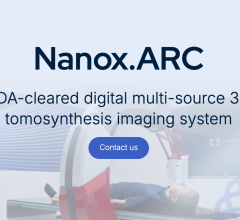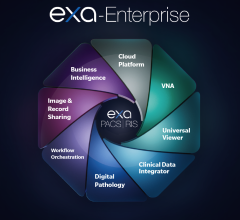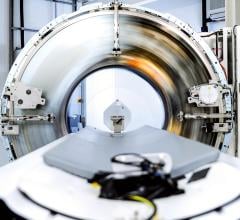
April 26, 2019 — Pickup Family Neurosciences Institute at Hoag in Newport Beach, Calif., announced the addition of the 7D Surgical System for spinal procedures. This system uses the same technology found in self-driving cars to provide a new level of surgical navigation for radiation-free placement of spinal implants.
The 7D system is being utilized in Hoag’s two new highly advanced Brain & Spine Fully Integrated Operating Room (OR) Suites at Hoag Hospital Newport Beach, making Hoag the first hospital on the West Coast to implement the technology.
“The 7D system uses machine-learning technology and is the leading-edge in terms of surgical navigation,” said Burak Ozgur, M.D., chief of service for the Neurosurgery Spine Program at the Pickup Family Neurosciences Institute at Hoag. “This tool still allows the surgeon to be in complete control, but it enhances accuracy and speed during surgery.”
Reducing surgical time is critical in spinal surgeries to reduce blood loss and improve outcomes, Ozgur said. Before requesting the equipment, he tested the 7D system in November on a patient with a complex surgical fusion. Ozgur said he found the level of accuracy and efficiency significantly cut down on the length of the operation, allowing for a swifter recovery time and providing him with increased confidence during the surgery.
“This technology worked very well in that surgery and will make a sizeable impact on patient care,” he said. “Hoag is unique in that we have a great philanthropic community that helps us bring in the most advanced equipment to allow us to do our jobs better and safer.”
The 7D Surgical System is the only machine-vision image guided surgery (MvIGS) platform, according to 7D Surgical. This allows spine surgeons to guide their tools to the precise locations needed using sophisticated camera technology linked to a computer in the operating room. While Hoag has long used surgical navigation tools in spinal surgeries, the 7D system allows for faster surgical workflow for spine procedures without the use of intraoperative radiation. The result is a faster, more precise, safer surgery and reduced recovery time for patients.
For the patient who underwent the spinal fusion surgery in November, the 7D system greatly assisted in an otherwise complicated case. Following a tumor removal at the base of the patient’s neck, the patient required a spinal fusion and the installation of screws and rods.
“When you put in that hardware, you could hit a nerve or hit the spinal cord. It’s a tight space, so it is critically important that the placement of these instruments be precise,” Ozgur said. “That’s where this device helped the most because I could track instruments in 3-D, see where the tip of the screw was and where it was pointed. I could place instrumentation precisely and more quickly. It made a complicated case a lot easier.”
Hoag has received numerous national, state and local accolades for its success with robotic-assisted, minimally invasive surgery, as well as being named one of the Top 100 Hospitals & Health Systems with Great Neurosurgery and Spine Programs by Becker’s Hospital Review. Hoag has shown repeatedly how such surgery can result in less blood loss, reduced muscle damage and faster recovery times.
“We continue to invest in these state-of-the-art tools because our patients expect and deserve the best and latest technology that medicine has to offer,” said Michael Brant-Zawadzki, M.D., F.A.C.R., senior physician executive and the Ron & Sandi Simon Executive Medical Director Endowed Chair of the Pickup Family Neurosciences Institute at Hoag.
The Brain & Spine Fully Integrated Operating Room Suites also feature:
-
The CollaboratOR, an 84-inch screen allowing Hoag surgeons, nurses and surgical assistants to simultaneously view, monitor and analyze an array of information to assist in brain and spinal surgeries;
-
Trumpf iLED 7 Surgical Lights that use 3-D sensor technology, light field size and intensity to remain consistent regardless of the distance between the light and the surgical site or the position of staff under the lights; and
-
Karl Storz StreamConnect Technology that can facilitate a live video broadcast from doctors and experts around the globe, when necessary.
For more information: www.7dsurgical.com


 April 18, 2025
April 18, 2025 









